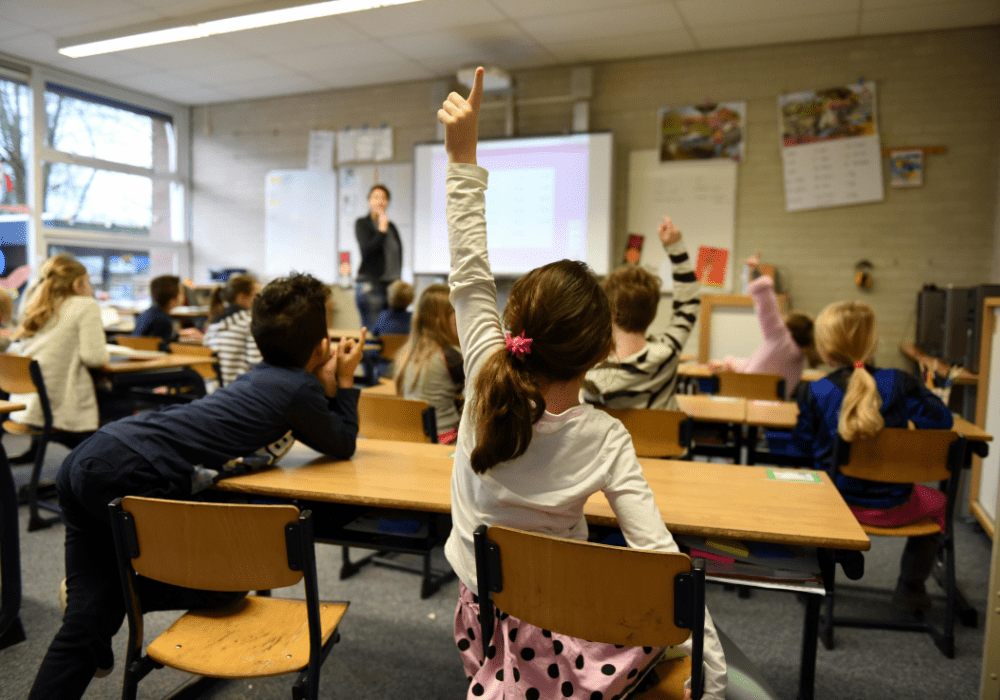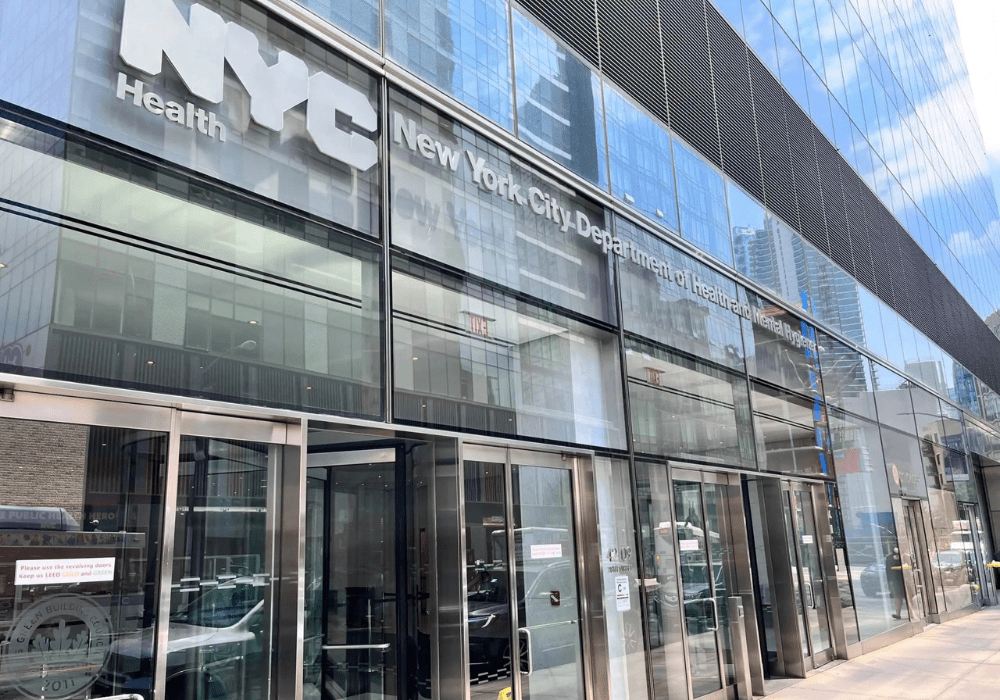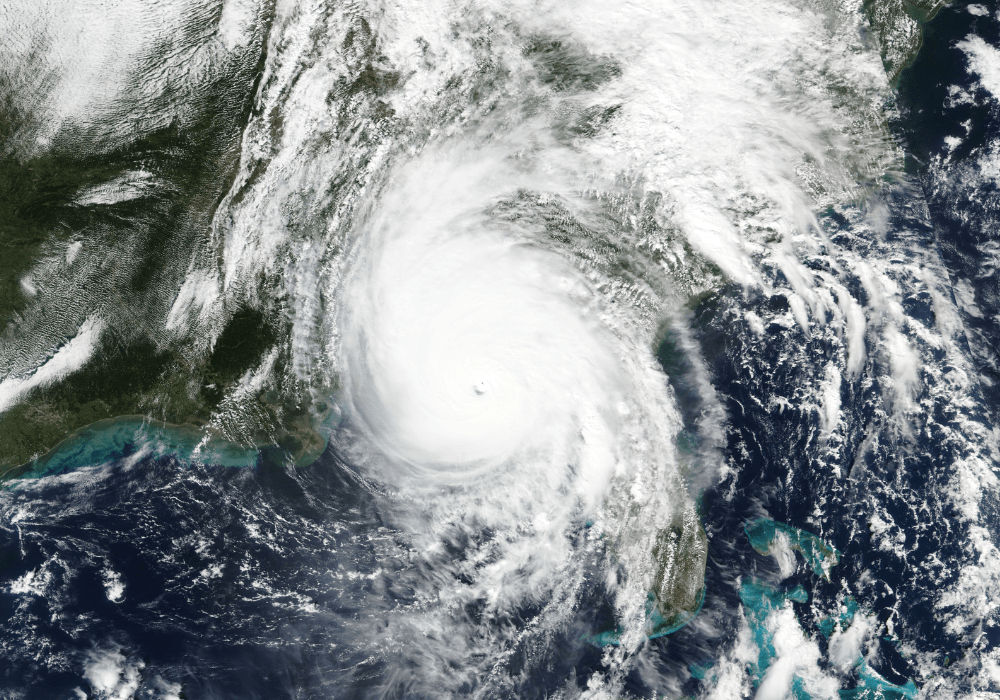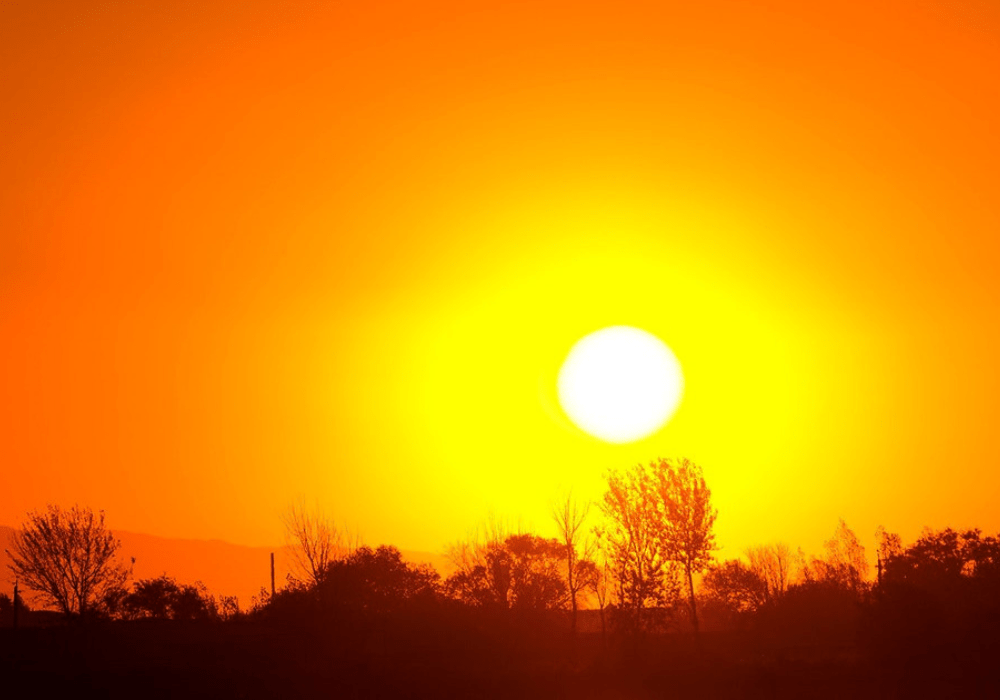
Introduction: The Southern Nevada Health District works to serve communities located in Southern Nevada to protect and promote their health. A large portion of the population the Southern Nevada Health District serves are from Clark County. With an increase in active shooter events throughout the United States in the past few years, it is critical to prepare to protect students and employees within Clark County School District for potential active shooter events.
Continue reading “Omolola Akerele, Edward Rosenbaum, and Jacqueline Saltarelli’s Active Shooter Disaster Response Plan”



